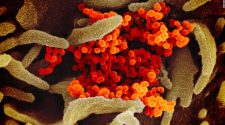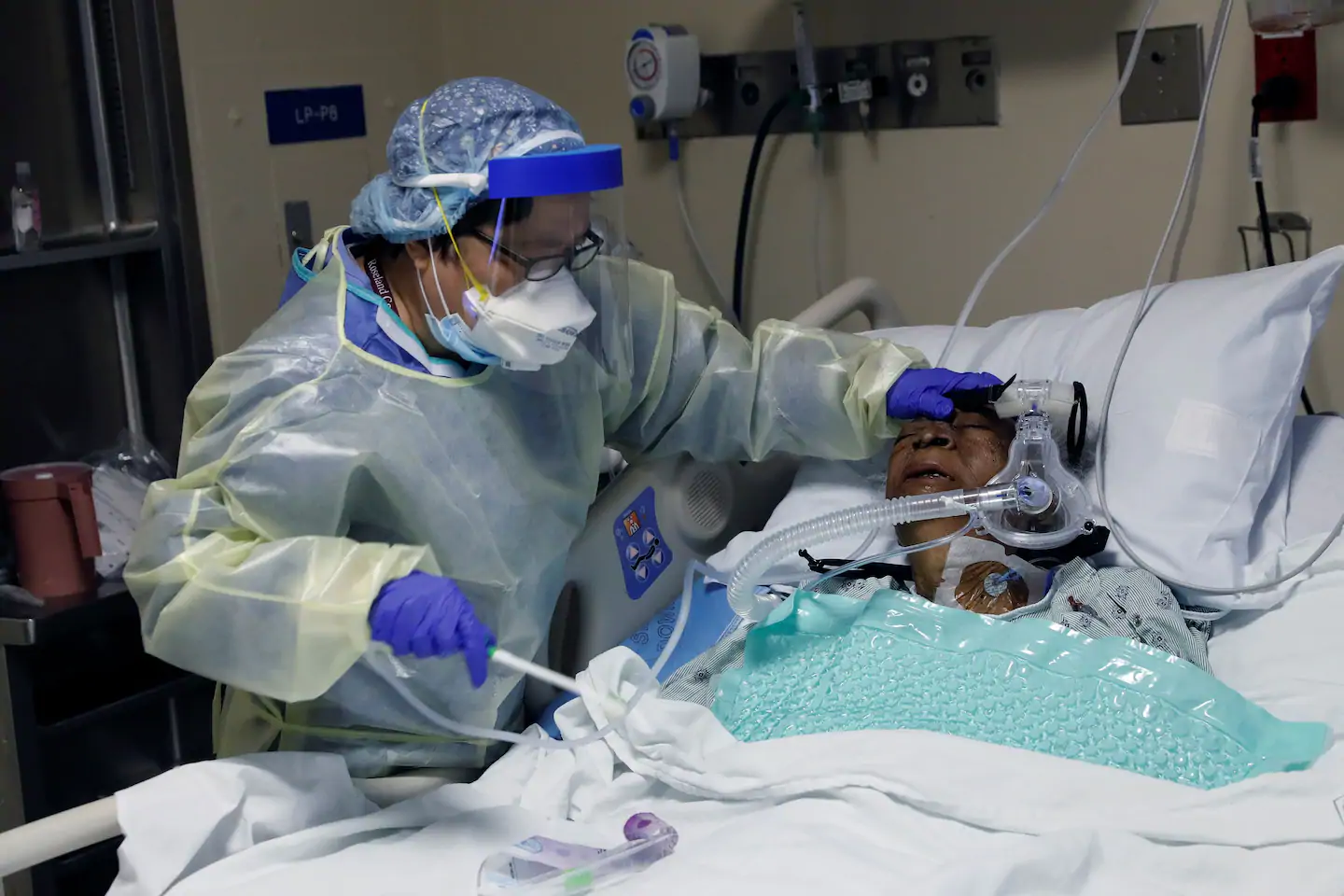The move reflects the agency’s recognition that the two-week quarantine rule is onerous for many people and that most of the public health benefit from quarantining people exposed to the virus can be gained with a more flexible approach.
The CDC acknowledges that this new guidance involves a trade-off. The existing 14-day recommendation reflects the ability of the virus to incubate for a long period before symptoms appear. But lack of compliance — for example, among people who are reluctant to talk to contact tracers because they fear they or their friends or family members could lose a job or two weeks of income — can undermine the public health benefit from that standard.
“We are accepting some risk in exchange for reduction in burden that will allow us to better control this epidemic,” said a senior federal official, who spoke on the condition of anonymity to provide context for the guidance in advance of a CDC news briefing Wednesday morning.
CDC officials also announced new guidance for testing before and after traveling: Someone planning a trip should get a test one to three days in advance and then be tested again three to five days after returning. And the agency reiterated its pre-Thanksgiving recommendation against travel this holiday season amid a massive spike in coronavirus infections nationwide that is filling hospitals with covid-19 patients and claiming on average more than 1,500 lives every day.
“Cases are rising. Hospitalizations are increasing. Deaths are increasing. We need to try to bend the curve, stop this exponential increase,” Henry Walke, the CDC incident manager for the coronavirus, said during the news briefing. He emphasized the importance of preventing the initial infections: “We’re really asking the American public to prevent these infections, avoid travel, wash their hands, wear a mask and maintain distance.”
Cindy Friedman, head of the CDC’s travel branch, noted that millions of people traveled during the Thanksgiving weekend, despite the recommendations of her agency, and “this can translate into hundreds of thousands of additional infections.”
The 14-day quarantine recommendation from the CDC remains in effect, but the revised guidance being given to public health agencies offers two “acceptable alternative quarantine periods,” Walke said. If a community has adequate testing resources, the quarantine can end after just seven days if a person tests negative for the virus at some point in the final two days of that period. The test can be either a rapid-response antigen test or the more reliable PCR test that takes longer to process.
Alternatively, the quarantine can end after 10 days without a test if a person monitors any potential symptoms, such as fever, on a daily basis and has none. The exposed person is expected to continue monitoring symptoms and wearing a mask for the full 14 days despite discontinuing quarantine.
The CDC decided to craft a quarantine policy that would capture the vast majority of potentially infectious people but also lead to higher compliance. That would boost the likelihood that someone would answer the phone if a local public health department called as part of a contact-tracing effort, said John Brooks, chief medical officer for the CDC coronavirus response.
“If a person is willing to be more compliant with a shorter quarantine, they may also be more willing to share the names of potential contacts,” Brooks said at the news briefing.
CDC scientists calculated that for people discontinuing quarantine after seven days, the “residual post-quarantine transmission risk” is about 5 percent, with an upper limit of 12 percent, Brooks said. That risk drops to about 1 percent for those who quarantine for 10 days under the new guidance, with an upper limit of 10 percent, he said.
Two prominent infectious-disease experts welcomed the news of the revised guidance Wednesday.
“Behind the scenes, many of us had been urging the CDC to move forward with this because I think it’s in the best interest of public health, and it’s in the best interest of the economy, and it’s in the best interest of the mental health of people who have to be quarantined,” said William Schaffner, a professor of infectious-disease at the Vanderbilt University Medical Center. “This is a win all around.”
Jennifer Nuzzo, an epidemiologist at the Johns Hopkins Center for Health Security, also welcomed the revision in the CDC guideline, saying it will focus on the period in which most people exposed to the virus are most likely to become contagious. Right now, she said, contact-tracing efforts are hindered by “deep disincentives” for people to quarantine.
“A seven or ten-day quarantine recommendation may be easier for people to bear and hopefully may help get more contacts of cases to comply and better enable efforts to stop transmission of the virus,” Nuzzo said Wednesday in an email.
Quarantines apply to people who have been exposed to the virus but have no confirmed infection or illness. The goal is to separate those people from the rest of the population to prevent them from spreading the virus in case they are in infected.
The virus incubates at a leisurely pace. Symptoms may not appear for many days or even two weeks, and in rare cases even longer. People can become infectious to others one or two days before symptoms appear.
What makes this pandemic even more difficult to contain is that 20 to 40 percent of people who are infected never develop symptoms yet potentially are still capable of transmitting the virus to others, according to the CDC.
This is a developing story.














